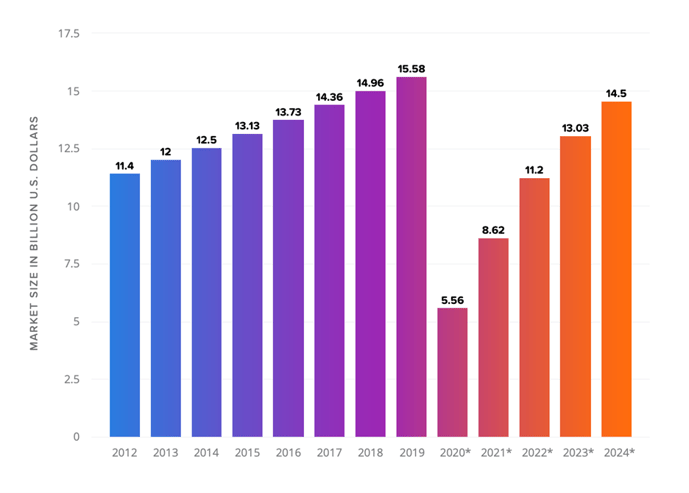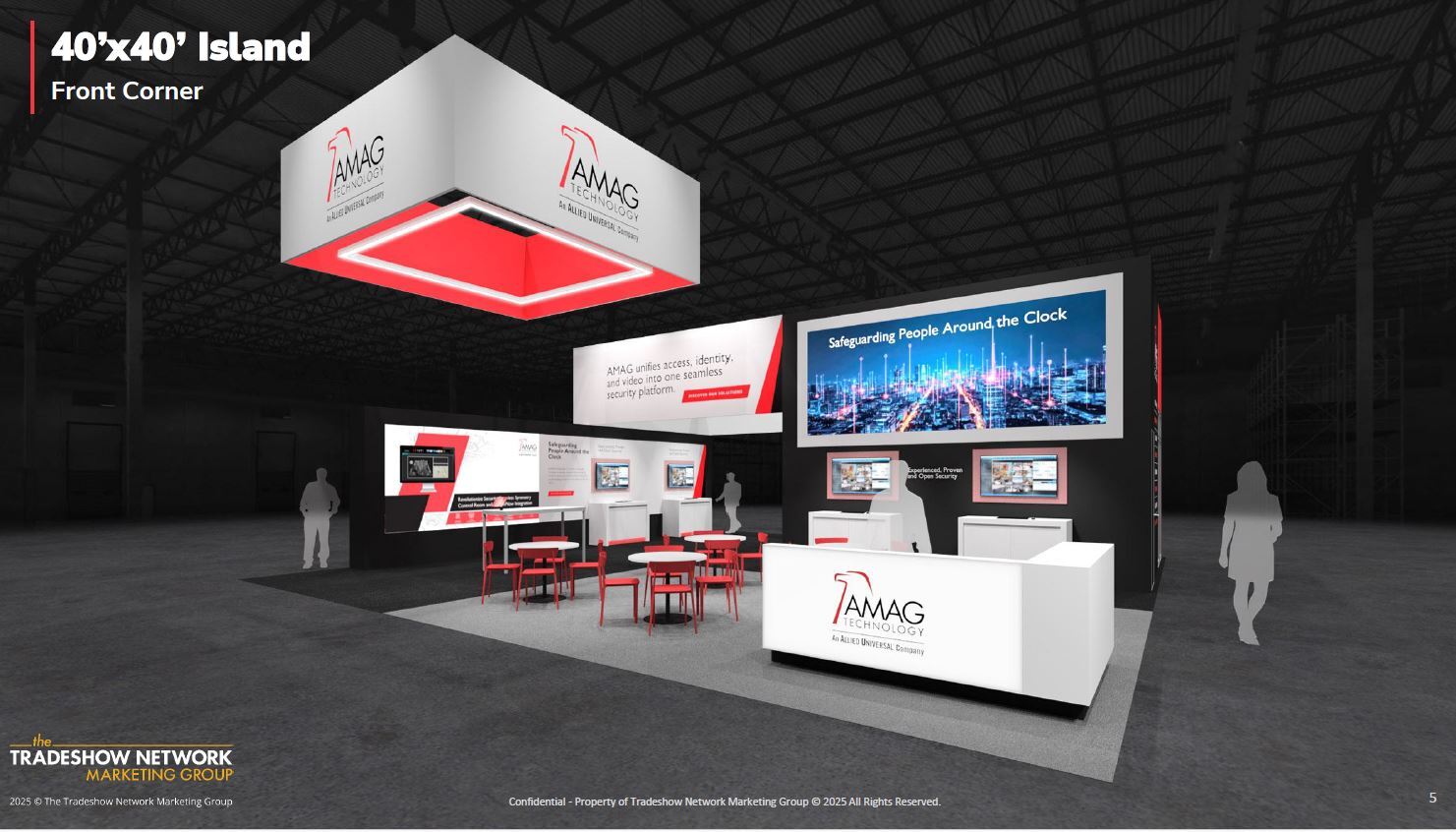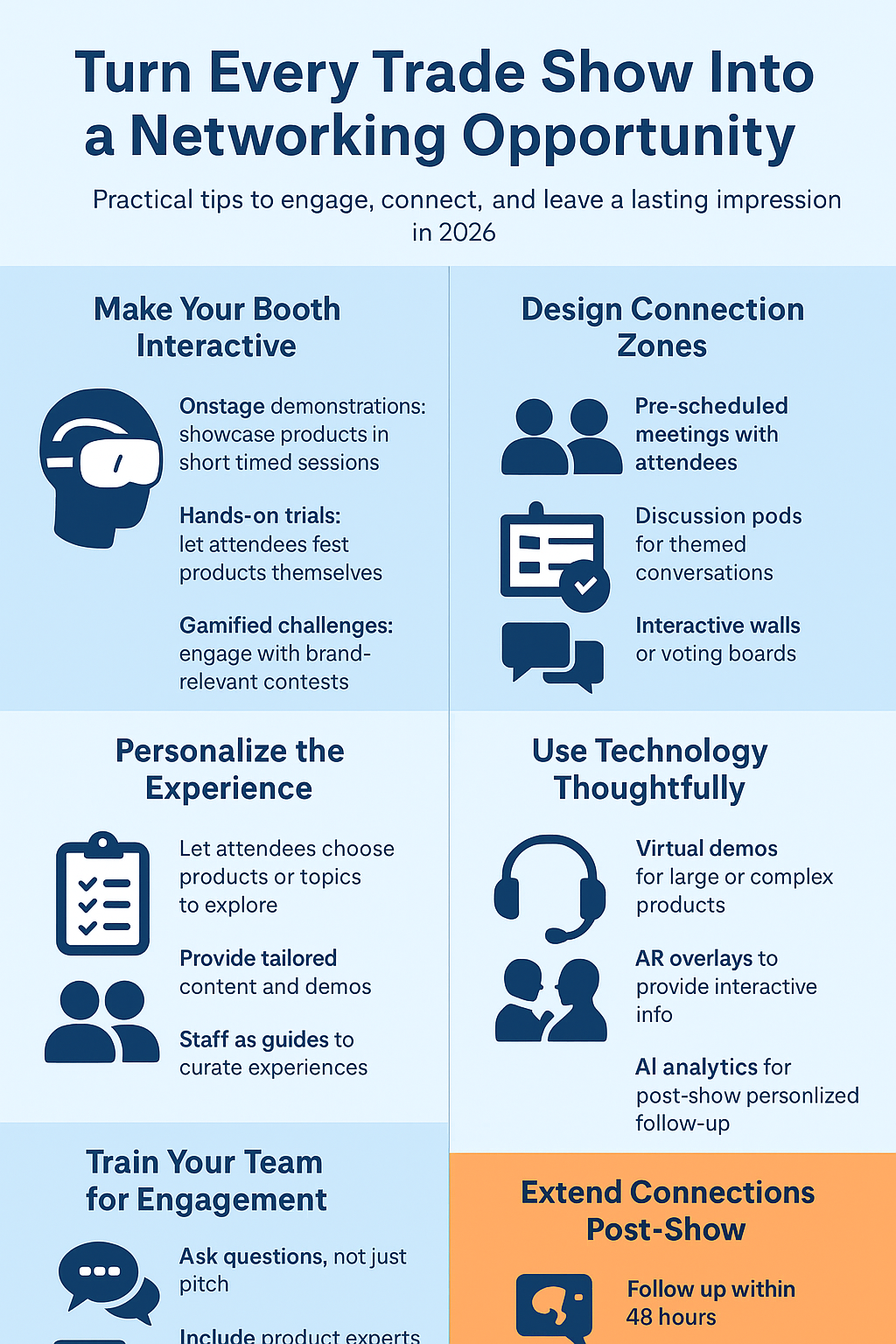Since March, the world has wondered when we can return to normal, including the tradeshows and exhibitions we’ve attended in the past—the way we’ve attended them in the past. It may be a while. While social distancing and proper health hygiene—which includes wearing a mask—can allow some people in the door, the days of crowded trade show floors are so 2019. It may be a year or two—hopefully not longer—before we see those crowded aisles again. But according to Freeman, since the spread of COVID-19 began, our entire industry has been turned on its head and everything we once knew has changed. The events we’ve always known have transitioned online to keep conversation going, and connection being made while not face-to face is always an option. We’ve pivoted so much we’re all a little dizzy, and sometimes it is hard to even imagine if—and when—this chaos will end.
But it will end and we need to be ready for what’s coming next, the “new normal” that everyone talks about but can’t fully envision. According to Statista, the industry will incur a slow steady rebound back to $14.5B in 2024.
Value of the B2B trade show market in the United States from 2012 to 2024 (in Billion U.S. dollars)

So WHEN trade shows are finally back in full force, you will be needing to find the balance between a robust show schedule and keeping your budget in check and that comes down to having the right information. If you’re not sure where to begin or already have an overwhelming work load, we can help. Our knowledgeable staff can quickly gather and analyze information to help you maximize your marketing investments.
If you’re looking for new or additional events for your calendar, search for prospective trade shows by checking with industry associations, publications, or at www.thetradeshownetwork.com/tradeshow-calendar. Create a comparison check list on each potential event. Show organizers can provide a wealth of information on attendee profiles such as decision-making authority, job titles, and industry affiliation. Find out what speaking opportunities would be available along with media coverage at the event and sponsorships. Take a look at who else is exhibiting - competitors, partners, distributors. There could be opportunities to expand your exposure with a partner or distributor. And if you’re not already signed-up, find out about exhibit space availability along with costs. Be sure to keep this checklist on all your existing and potential events so that they can be further analyzed and compared as part of your overall marketing plan.
Once you’ve committed to a show, don’t miss a single opportunity to leverage your exposure. From large projects such as creating a media kit to small details like writing the company description for the show guide, everything you do builds towards creating a well-integrated presence and a successful event. In addition, create a well-defined trade show strategy that articulates your positioning, key messages and target audience. This strategy will be the basis for evaluating if future events are a good match for your organization.
According to the Center for Exhibition Industry Research there were approximately 9,400 B2B trade shows and expositions held in the U.S. in 2019, contributing $101 billion to the nations GDP. You can’t be everywhere, so how can you figure out if your company is investing its marketing dollars in the right shows?
Here’s a short list of questions to help you evaluate event participation and see if the show fits with your business goals.
- What portion of our marketing budget would best be allocated to trade shows and why?
- What are our overall marketing and sales objectives and can trade shows help achieve them?
- Who are our best potential customers and which shows are targeted to those audiences?
- How many attendees at each show match our targeted job titles and/or secondary titles?
- Will the show audience be sizable enough to justify the investment in exhibiting or should we try to reach them another way?
- Will our current customers be attending and expect to see us there?
- Will our competitors be exhibiting? Partners? Distributors?
- Does the show offer opportunities for sponsorships, press conferences or speaking venues that will raise our visibility?
- Can this show help achieve our objectives about a new product launch or other important announcement?
- If we participated in this show before, what were the costs and results, including cost per qualified lead? Cost per sale?
Trade Show Tip
One cardinal rule should be to always walk a trade show before committing to taking a booth. All the information from trade show management about foot traffic, buyer attendance and press coverage will never provide the same insights that walking a trade show will. Just walking a trade show for a couple of hours will give you a good idea if the show is really a good fit for your brand.
Download the entire WHITEPAPER here:






